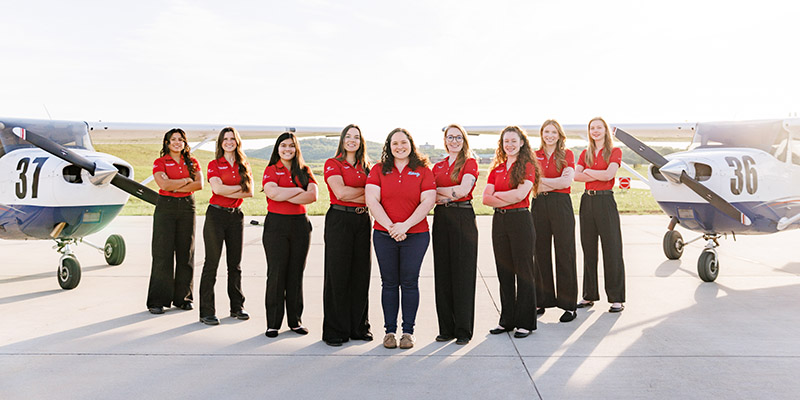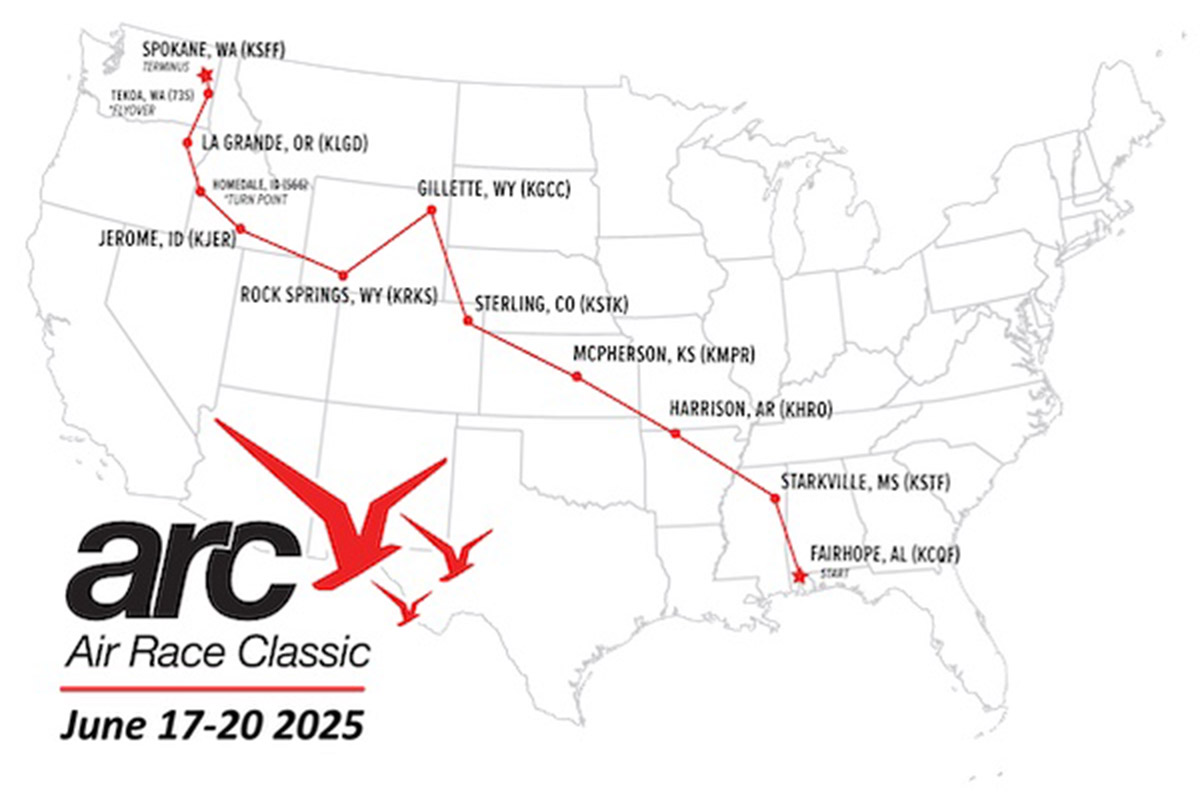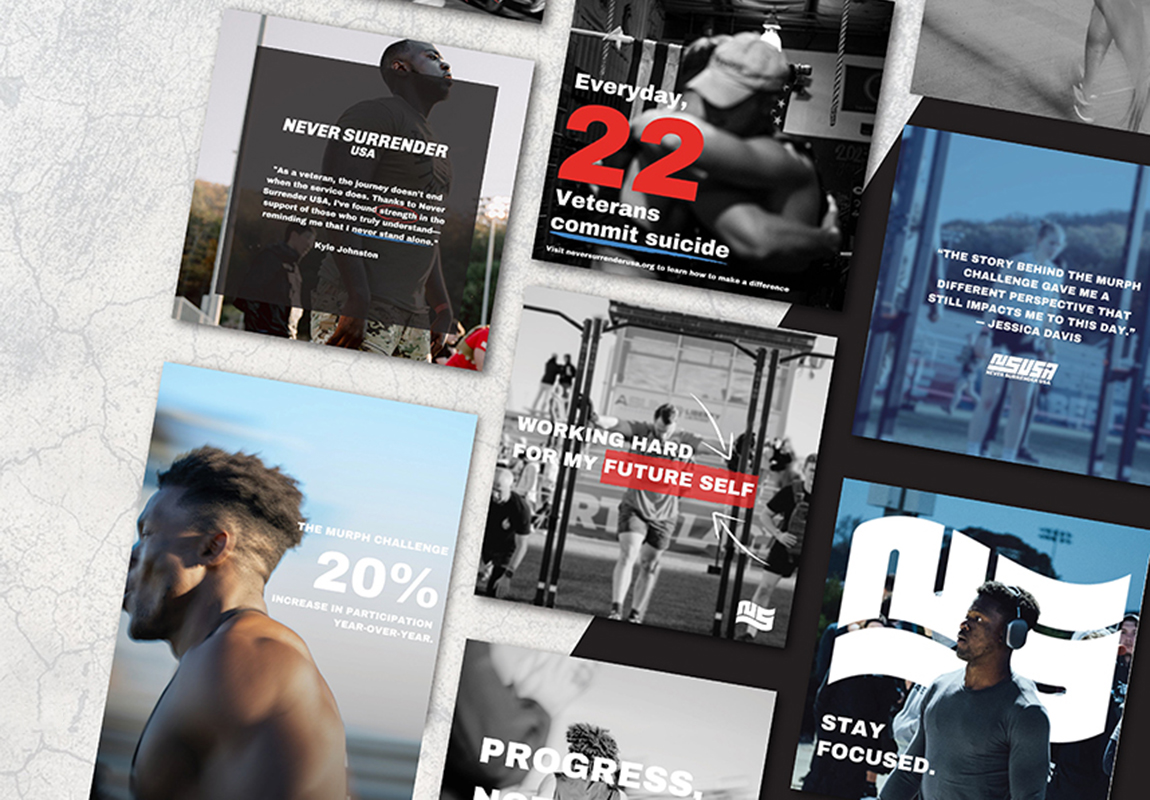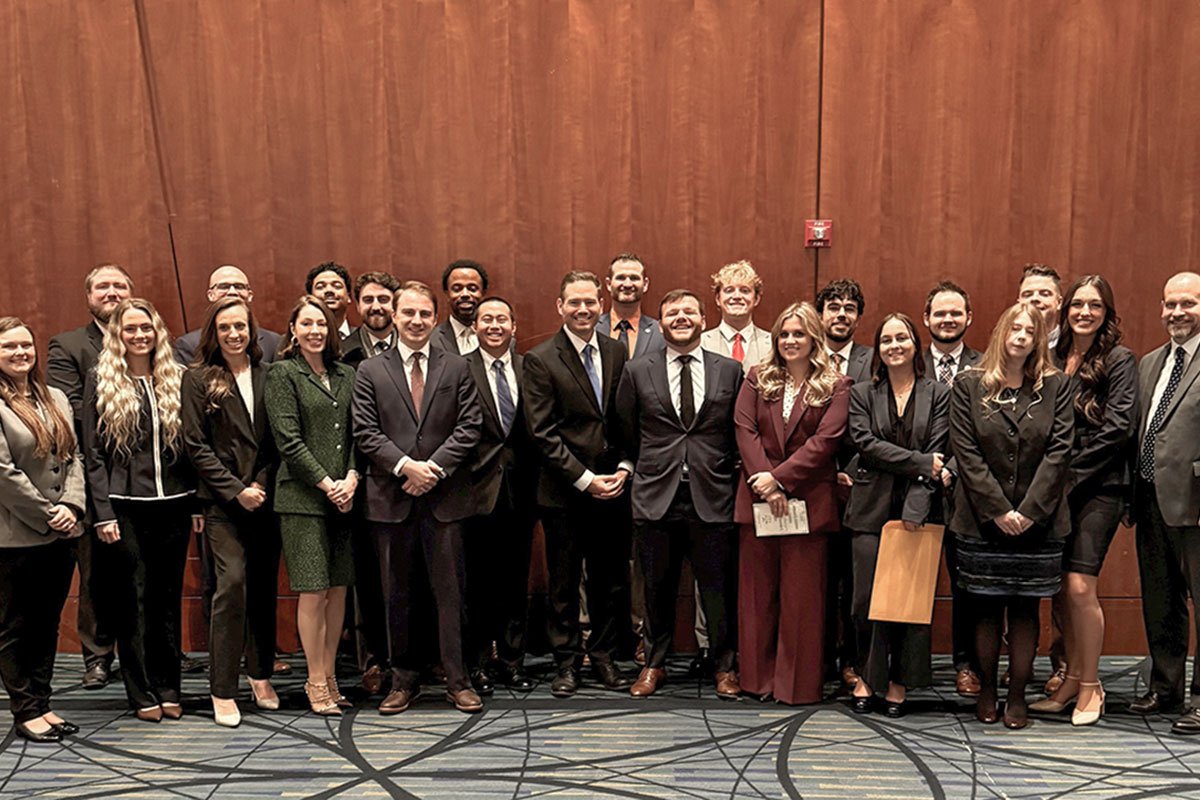Liberty Belles land in second, fifth places out of 18 collegiate teams at 48th Air Race Classic
June 25, 2025 : By Ted Allen - Office of Communications & Public Engagement

Two Liberty Belles teams from Liberty University’s School of Aeronautics experienced high adventure and timely tailwinds in last week’s 48th annual Air Race Classic, with one team finishing second out of 18 collegiate teams in the all-women’s cross-country aviation odyssey.
The race — inspired by the Women’s Air Derby, which was founded in 1929 and featured Amelia Earhart among its competitors — started on June 18. This year’s theme was “Crossing the Continental Divide,” as the planned 2,426-mile course crossed the Rocky Mountains and a series of smaller ranges along its route from the Gulf of America to the Pacific Northwest (see a map of the route below). Teams were originally scheduled to start in Alabama on June 17 and fly over Mississippi, Arkansas, Missouri, Kansas, Nebraska, Wyoming, Idaho, and Oregon before finishing in Washington, but severe weather shortened the course to 1,900 miles, with teams officially taking off the next morning from Boone County Regional Airport in Harrison, Ark., just south of Branson, Mo.
On Thursday, piloting their No. 36 Cessna 172 Skyhawk, the Liberty Belles I crew completed the course one day earlier than most of their competitors. The team departed from LaGrande, Ore., and landed at Felts Field in Spokane, Wash., that afternoon instead of waiting until Friday morning, when most of the 43 planes in the field — including 25 with no collegiate affiliation — finished the trek.
“That’s what really sealed the deal,” said Megan Cotter, a senior who served as head pilot of the No. 36 plane, racing with graduate co-pilot Ashley Asselin and rising sophomore navigator Isabella Hauri. “We decided to go that day and won the 99s Terminus Leg Prize, and that solidified it. We were happy with the weather information provided, and the Lord was really good to us.”
The team, which recorded an average speed of 120.052 mph (below its handicap speed of 128.738 mph) received a combined $2,000 cash prize for their second-place intercollegiate showing. Liberty Belles II (Team 37), which placed second on the third leg and received zero penalties for the entire race, finished fifth in the overall field (averaging 117.438 mph below a handicap speed of 129.124), making this year’s showings the best in program history. Complete results are available online.
After starting the race into headwinds through parts of the Midwest, Cotter’s team enjoyed tailwinds ranging from 14-27 knots on the 142-mile last leg after climbing up to 9,500 feet while crossing a final mountain range.
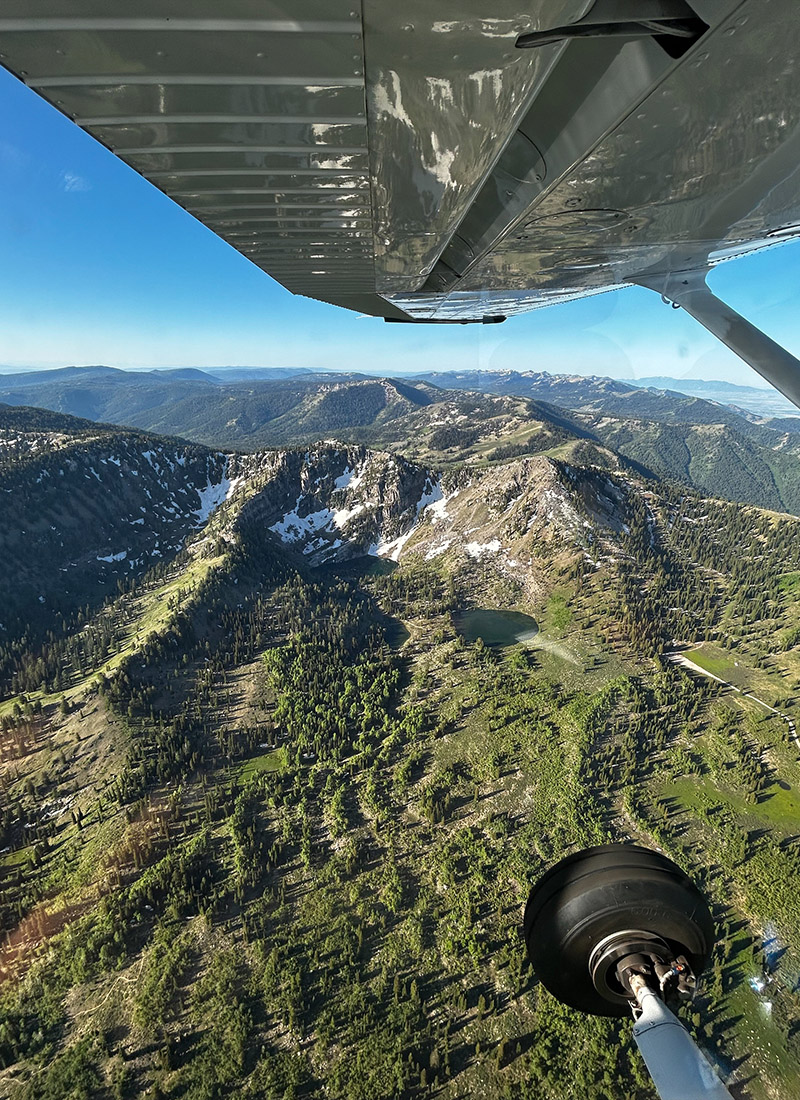
“That put us at a huge advantage,” Asselin said. “We finished the race in two days. That’s quick.”
The winning teams are determined not by which planes complete the course first but on the highest average speed above their designated handicap.
“The majority of the collegiate teams were flying Cessnas, which are slower than most in the field with a handicap speed of around 110 (nautical miles per hour) compared to faster planes with handicaps around 120 or 130 knots,” Asselin said. “Typically, our planes are at the back of the pack, in last place, race-wise, with everyone finishing before us.”
The team’s maximum speed was 140 knots on the last leg after averaging between 100-110 for much of the race’s first day when the plane covered more than 1,000 miles but was “always fighting against the wind.”
“Given the cards we were dealt and the conditions we had, I think we flew the race the best we could, so I’m really happy with it,” Asselin said. “We wouldn’t have done anything different.”
Cotter served as back-seat navigator on last year’s Liberty Belles plane that finished fifth with Asselin the head pilot. She was elated to have piloted the podium-placing plane.
“I am super proud of the team,” she said. “We flew four legs and covered over 1,000 miles on Wednesday and then finished on Thursday. It is surprising how much ground you can cover with a little Cessna Skyhawk.”
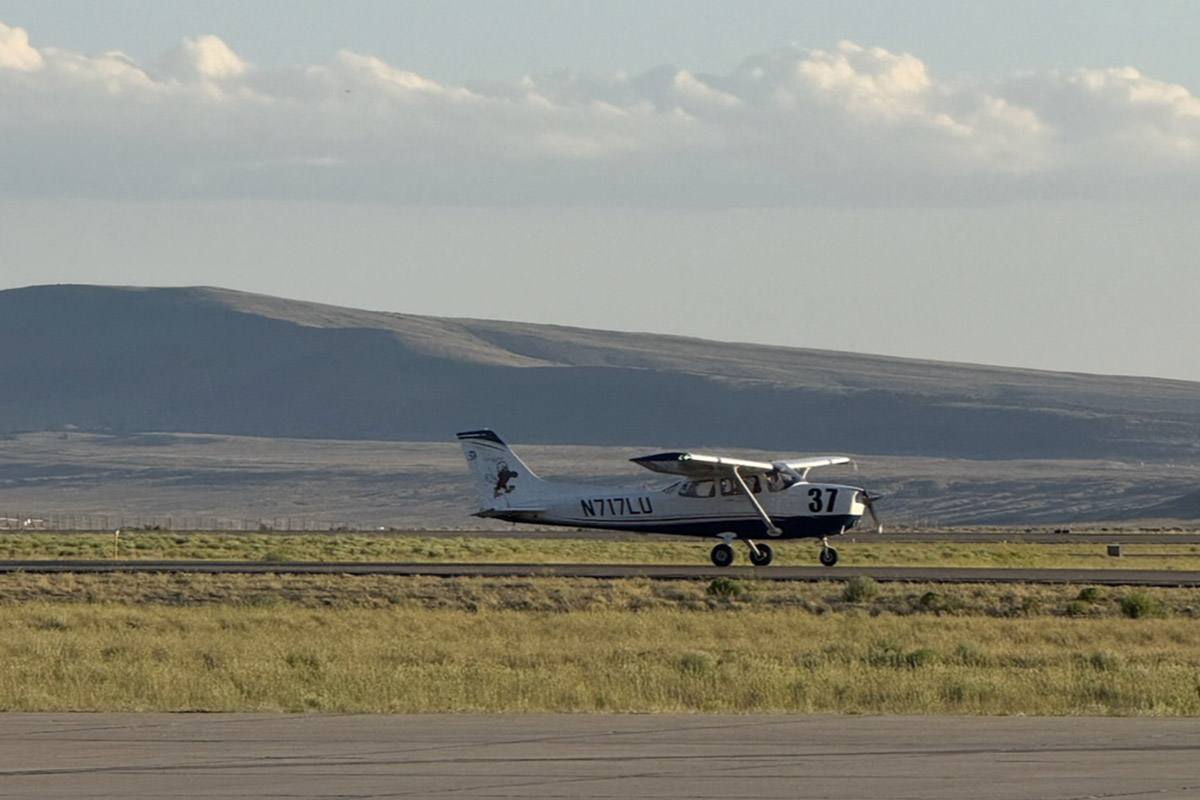
Despite completing the course so quickly, both Liberty Belles teams enjoyed the scenic beauty beneath them flying through mostly clear skies.
“This was the highest route we’ve ever flown as a team,” Asselin said, noting the teams brought supplemental oxygen to use if needed as they ascended over the mountain passes through extreme heat. “We don’t normally fly that high, and to be able to do that as a team and represent Liberty was such a privilege. It was really beautiful. Everything looked like a national park, that same level of beauty. It’s the best type of flying you can do, a great training environment to go out and fly in the real world, to fly as safely as possible, and to fly fast for our team — to race well while managing the terrain.”
For Moriah Langford, a rising junior who raced the Liberty Belles II team with co-pilot Ashley Legoas and navigator Isabel Franklin, the best aspects of the race were meeting other pilots and sharing perspectives and seeing God’s amazing creation across the nation.
“It’s really cool to be able to interact with other students from different aeronautic programs, from Auburn to North Dakota, everywhere, and to hear about their training experiences,” Langford said. “Embry-Riddle is out in Arizona, so they do a lot of flying over this type of terrain. For us, coming from the East Coast, the conditions were so different, but also so cool to have the opportunity to do mountain flying, and it was beautiful. It was a blast.”
She said the high-elevation flying started in Colorado and continued through Wyoming — which included the highest elevation airport at 6,750 feet in Rock Springs — and onto Idaho, Oregon, and Washington, with breathtakingly scenic overlooks of Yellowstone National Park and other fantastic features along the way.
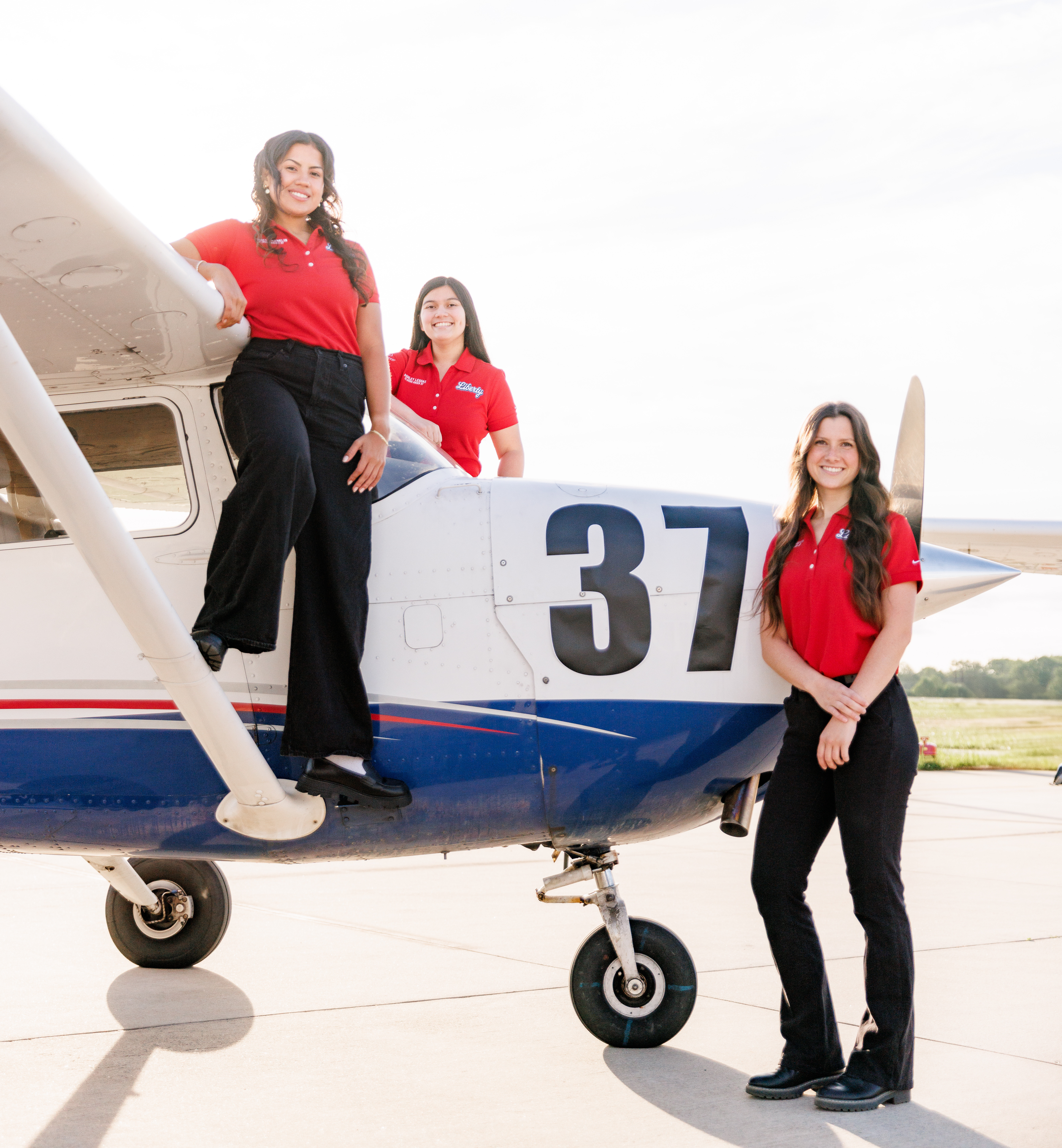
Working with her teammates was an added blessing.
“I learned so much about my personal confidence as a pilot, trusting in the ability that the Lord has given me,” said Langford, who served as navigator on her plane last year. “I admired the pilot last year (Legoas) for her skills, and it was really cool to see the way I’ve been able to progress since then. We worked really well together, and my back-seater (Franklin) was fantastic, and I would not have been able to fly the plane without her.”
“I really do love this race,” she added, “and it’s been really special to be a part of the team. It teaches you so much real-life experience as a pilot and really pushes you to make decisions that sometimes can be hard. You also have to consider safety, which is really important.”
The two teams were coached by Lara Allen and Liv Lewis, who flew on two previous Liberty Belles teams. Lewis, a senior flight instructor, returned for a second year of coaching after completing her M.S. in Aeronautics — Aviation Safety. She said experience, both among the coaches and student-pilots, made a difference.
“We had four team members returning this year, which was really awesome,” Lewis said, noting both planes’ back-seat pilots were newcomers. “Being close to valleys, and landing at airports at high elevation, I was super proud of them for making sure they chose safe routes over terrain in Colorado, Wyoming, and Idaho. Both teams did a phenomenal job of working together this year to get the best possible outcomes for the race.”
